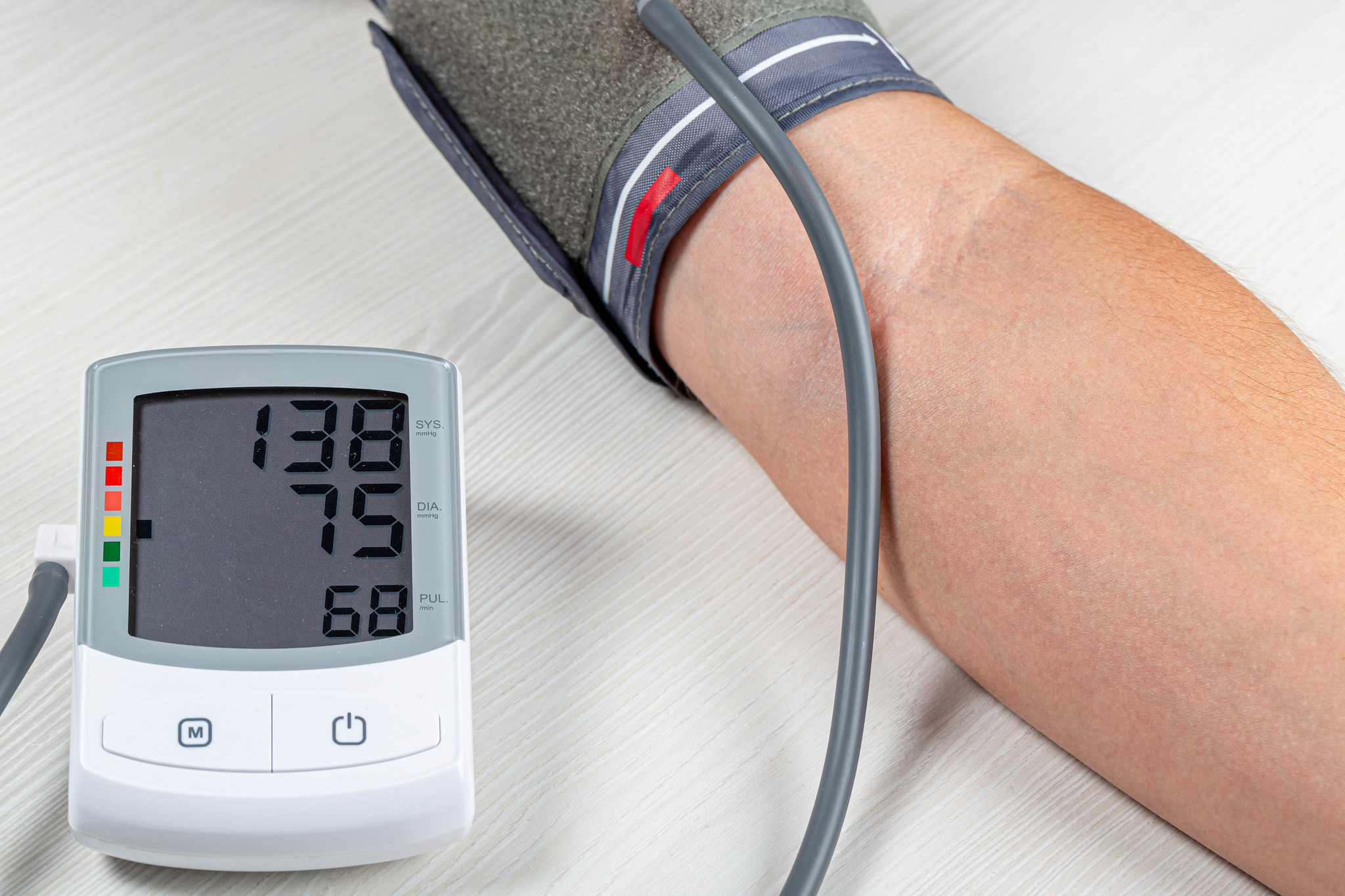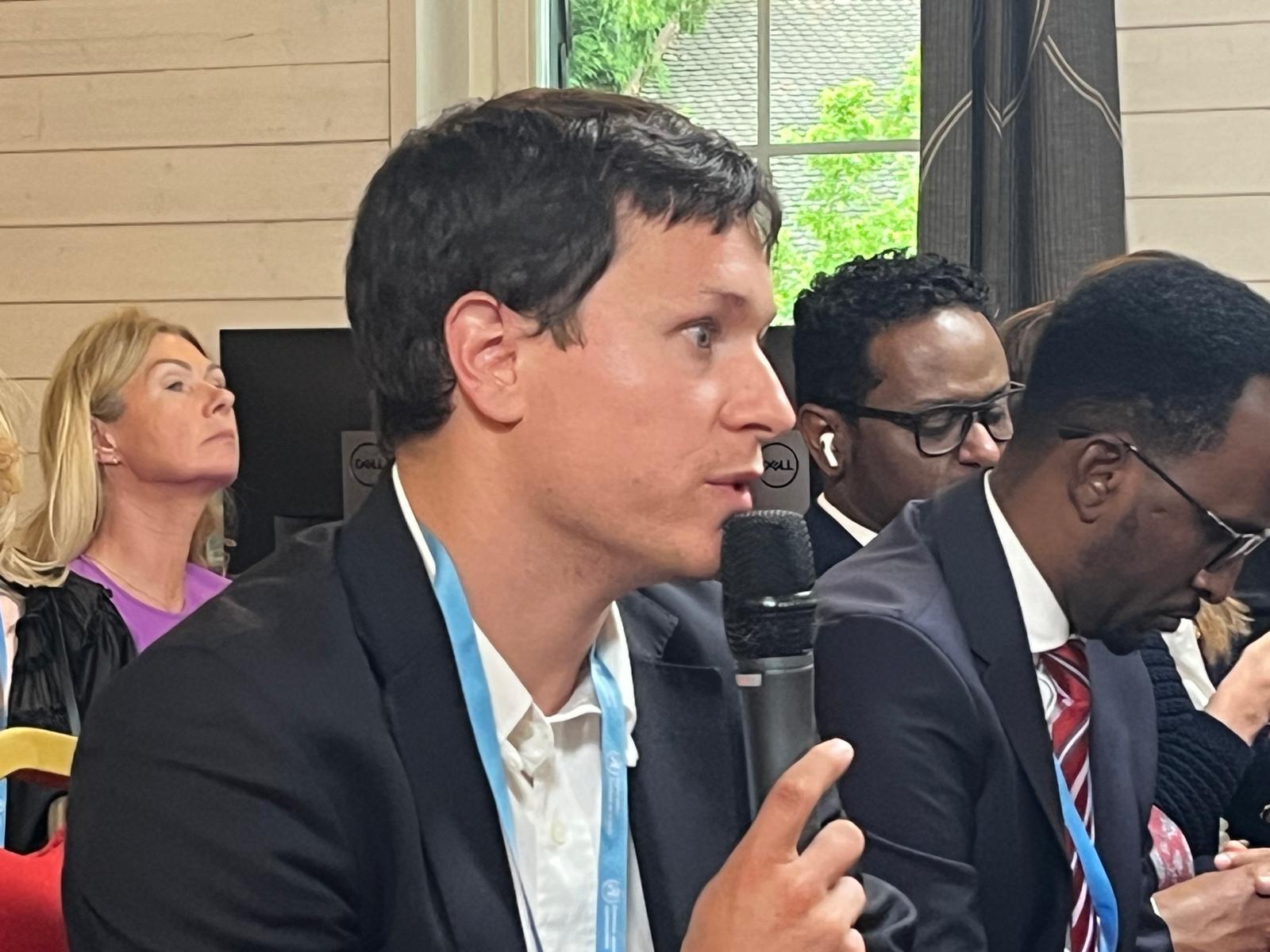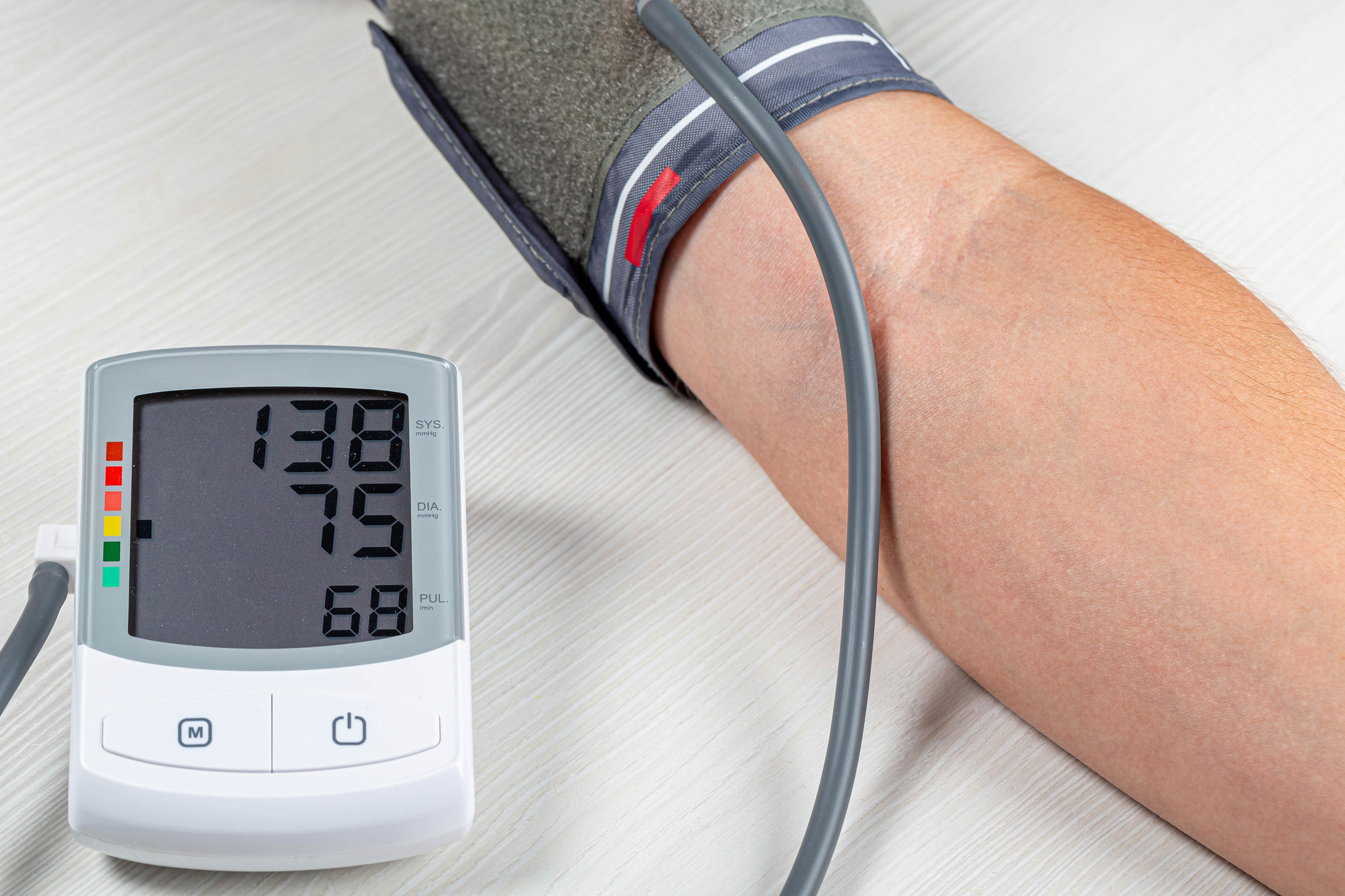Empowering Self-Care Through Digital Innovations
The rapid pace of technological change in healthcare is revolutionizing how we approach noncommunicable diseases (NCDs), according to Dr. Douglas Bettcher, Senior Advisor at the World Health Organization (WHO). Speaking at the Global Self-Care Federation (GSCF) event, Bettcher described the current era as a “brave new world” where digital innovations are transforming healthcare. “The communications revolution we’re experiencing is potentially greater than the 19th-century industrial revolution,” he stated.
The Need for Digital Adoption in Healthcare
Bettcher emphasized that industries harmful to health are already leveraging artificial intelligence and related technologies, and it’s crucial for the public health community to follow suit. The GSCF event, held alongside the 78th World Health Assembly, highlighted the importance of self-care and digital technology in tackling NCDs. Keynote speakers included H.E. Honourable Tuafafa Latasi of Tuvalu’s parliament and Dr. Dympna Kavanagh, Ireland’s Chief Dental Officer.

Digital Tools for NCD Management
GSCF Director-General Greg Perry stressed that digital tools will play a crucial role in achieving the WHO’s proposed global targets for 2030, including 150 million fewer tobacco users, 150 million more people managing hypertension, and 150 million more accessing mental health care. “Digital tools can be very important in self-care,” Perry said, highlighting their potential to empower individuals to monitor and manage their conditions effectively.
Challenges in Implementing Digital Health Tools
Experts identified several challenges in implementing digital health tools, including the need for guidance on incorporating them into daily life. Luis Lourenço of the International Pharmaceutical Federation noted that pharmacists often serve as the first point of contact for advice on digital tools. “People need to understand the information provided by these tools and how to apply it in their routines,” he emphasized.
Hussain Jafri of the World Patient Alliance pointed out that user hesitation, particularly among lower-income populations and the elderly, remains a significant barrier. He stressed the importance of involving users in the design process and ensuring that tools are accessible in multiple languages.
Successful Implementations
Debbie Rogers of Reach Digital Health shared a successful case study from South Africa’s MomConnect program, which empowers pregnant women with information and support through messaging services. The program helped drive demand for quality care by educating mothers about their rights and the importance of monitoring blood pressure during pregnancy.

Future Directions
Carl Massonneau of the WHO highlighted the organization’s Digital Adaptation Kit for Antenatal Care, which translates WHO recommendations into machine-readable formats for easier integration into digital health systems. The kit includes a tool for self-monitoring blood pressure among pregnant women with hypertensive disorders.
Integrating Digital Tools into Broader NCD Strategies
Experts cautioned that digital innovation is not a silver bullet but part of a larger ecosystem requiring intentional design, inclusive access, and cross-sector collaboration. Lourenço emphasized that while digital tools can empower individuals, many NCD-related behaviors require ongoing guidance and system-level support.
The event concluded that digital health tools have the potential to transform NCD prevention and management, but their success depends on careful implementation, user engagement, and integration into broader healthcare strategies.


